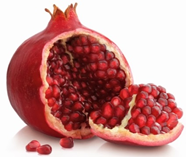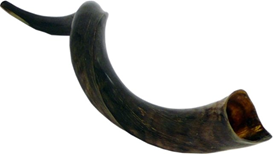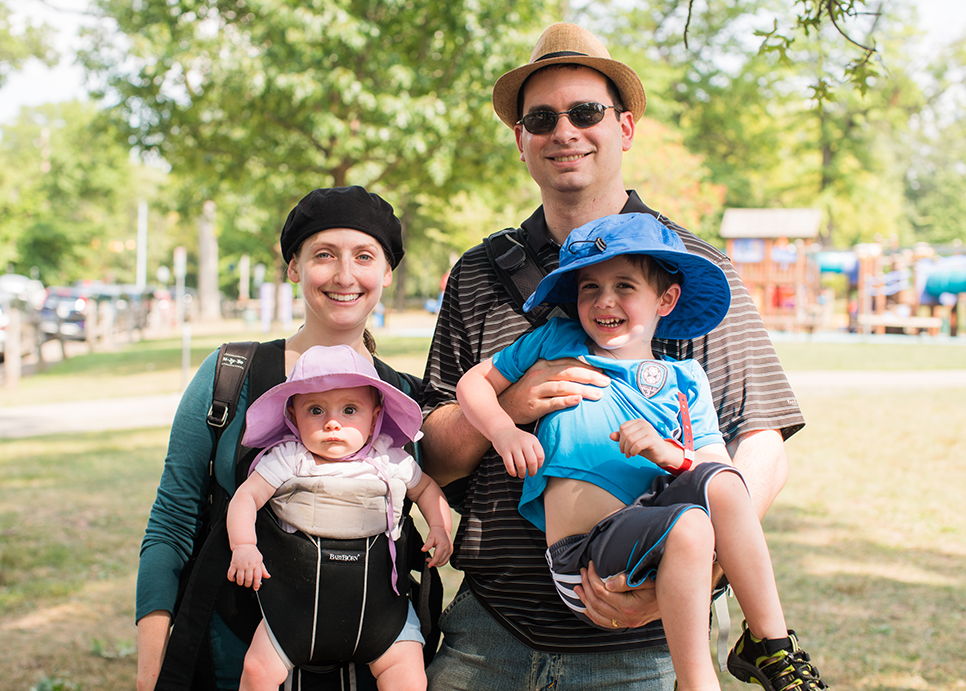Shana Tova! Happy New Year 5777!
When we have strong roots, we create an identity. We know where we have come from and where we are going. Traditions help us to develop a sense of purpose as families and to transmit a real and lasting identity.
The holidays can be meaningful for children and adults alike. This guide offers suggestions for making the High Holidays meaningful for your family.
L’Shanah Tovah Tikateivu – may you be inscribed for a year of goodness and blessing!
High Holidays in a Nutshell
Rosh HaShanah and Yom Kippur invite us to ask the big questions of life:
Who am I?
What values are important to me?
How do I want to conduct my life?
Learn some basic information here about Rosh Hashanah and Yom Kippur.
New Year Greetings
Jewish tradition paints a picture of G-d keeping a Book of Life, in which our fate for the coming year is sealed. For this reason, there are special greetings we share with each other during the High Holy Days:
Shanah Tovah (A good year)
L’Shanah Tovah Tikatayvu (May you be inscribed in the Book of Life), or
L’Shanah Tovah u’Metukah (To a good and sweet new year)
Learn how to do a greeting card activity.
The Tastes of a New Year
At Rosh Hashanah, many people traditionally eat apples dipped in honey, symbolizing our hope for a sweet new year. Click here for information on lesser-known edible simanim (symbols) related to the holiday too.
Most of our celebrations throughout the year involve food. Learn about activities to help make the connections between the foods we eat on the holiday and the meaning behind their inclusion.
Challah
Challah during the High Holidays is baked in round shapes. Often raisins are added for extra sweetness. Renew yourself and your carb addiction with delicious-tasting round challah; try dipping it in date honey – yum! Learn a recipe for round challah.
Pomegranates: Not Just for Trendy Juice Drinks
 Pomegranates are delicious and a super-food, rich in antioxidants—and native to Israel! There’s a Jewish tradition that says pomegranates have 613 seeds — the same as the number of mitzvot (religious obligations) in the Torah — so they too have become associated with hopes for a year filled with good deeds.
Pomegranates are delicious and a super-food, rich in antioxidants—and native to Israel! There’s a Jewish tradition that says pomegranates have 613 seeds — the same as the number of mitzvot (religious obligations) in the Torah — so they too have become associated with hopes for a year filled with good deeds.
The real thing is best; they can be messy, but fun too. Crack one open and see if you can count all the seeds inside. Are there really 613? The juice is very tasty as well. Grownups might enjoy a pomegranate martini, and for kids, make a fancy drink with pomegranate juice and seltzer!
 You can find pomegranates in most grocery stores, but don’t be deceived into picking the best-looking one unless it’s just for decoration; the tastiest and ripest are the ones that look a bit beat up.
You can find pomegranates in most grocery stores, but don’t be deceived into picking the best-looking one unless it’s just for decoration; the tastiest and ripest are the ones that look a bit beat up.
To lessen the mess of tackling the pomegranate, check out this easy-to-follow YouTube clip for cutting and seeding directions.
Really don’t want to mess with pomegranate itself? You can buy the seeds themselves at Trader Joe’s.
Still Hungry?
How about adding other child friendly round foods to your holiday? Bagels, muffins/cupcakes, tortillas, oranges, banana slices, veggie crudités with carrot slices, pepper rings, cucumber slices, and cherry tomatoes, meatballs, grapes, sandwiches for school lunches cut with a circle cookie cutter, Cheerios, etc. You’d be surprised how many foods in your fridge and pantry are round or can be cut or sliced into round pieces!
"Teshuvah, Tefillah, and Tzedakah lessen the severity of the divine decree."
We do not know what life will bring in the coming year. But our liturgy teaches that three activities will help us manage whatever challenges come our way.
Click for more information about teshuvah (repentance), tefillah (prayer), and tzedakah (charity).
Non-Traditional Celebrations for Families with Young Children
While some adults may remember childhood Rosh Hashanah observance as long mornings spent in temple and new clothes, ideas for engaging young children in the holiday have grown. Jewish pre-schools use various crafts and activities to teach students about the holiday, and parents looking to make the celebration more child-friendly can incorporate these at home.
The Shofar – Prayer Beyond Words
 The only ritual noted in the Torah for Rosh Hashanah is the blowing of the shofar. The shofar is a horn taken from any kosher animal aside from a cow. Most shofarot come from rams (male sheep), which ties in with the Bible story of the Binding of Isaac, read in many synagogues on Rosh Hashanah. The shofar must be curved in shape to symbolize the bent and humbled spirit appropriate for RoshHashanah. The loud blasts of the shofar serve to wake us up in a spiritual sense, and to remind us to reflect on the past year and on how we might become better people in the year to come. The shofar is the only musical instrument of ancient Israel that has been around for 2,000 years in its original form and is still used today.
The only ritual noted in the Torah for Rosh Hashanah is the blowing of the shofar. The shofar is a horn taken from any kosher animal aside from a cow. Most shofarot come from rams (male sheep), which ties in with the Bible story of the Binding of Isaac, read in many synagogues on Rosh Hashanah. The shofar must be curved in shape to symbolize the bent and humbled spirit appropriate for RoshHashanah. The loud blasts of the shofar serve to wake us up in a spiritual sense, and to remind us to reflect on the past year and on how we might become better people in the year to come. The shofar is the only musical instrument of ancient Israel that has been around for 2,000 years in its original form and is still used today.
See images of shofarot here.
During the holidays you will hear several different shofar blasts by the ba’al tekiyah (feminine: ba’alat tekiyah), literally the “master of the shofar blast.”
There are three shofar sounds (plus one variation on a theme):

Tekiah one long blast ------------------------
Shevarim three short blasts ---- ---- ----
Teruah nine staccato blasts - - - - - - - - -
Tekiah Gedolah one very long blast -----------------------------------------
Click here to watch a 30-second YouTube video clip of the four shofar blasts.
Click here for instructions on making your own shofar.
Fasting
On Yom Kippur, adults fast. After a special meal before sundown, adult Jews do not eat or drink again until after sunset the next day. Jewish adults fast on Yom Kippur for many different reasons, but the main idea is that by removing all distractions (such as eating) we are better able to focus on prayer. The long day is typically spent in synagogue praying and asking God for forgiveness for the mistakes of the past year.
As Yom Kippur approaches, people may greet each other by saying Tzom Kal, which means “Have an easy fast.”
Typically, children younger than bar/bat mitzvah age do not fast. But they can begin to recognize that Yom Kippur is a time to take care of others’ feelings and to improve their own actions toward others. You can talk with your child about reasons that adults fast, and perhaps your child may choose to forgo a snack, or give up a favorite food for the day.
Resources
Learn the blessings for Rosh Hashanah.
Enjoy this list of children's books for the High Holidays.
It’s the beginning of a new year,
time to reflect and time to move forward,
time to acknowledge mistakes and seek forgiveness,
time to look at how much you have grown over the past year
and how much you can grow in the year ahead.
L’shanah tovah u’metukah!
To a good and sweet new year!

We would like to thank and give credit to JewishBoston.com and to Jodi Jarvis
for producing an earlier version of parts of this Guide.